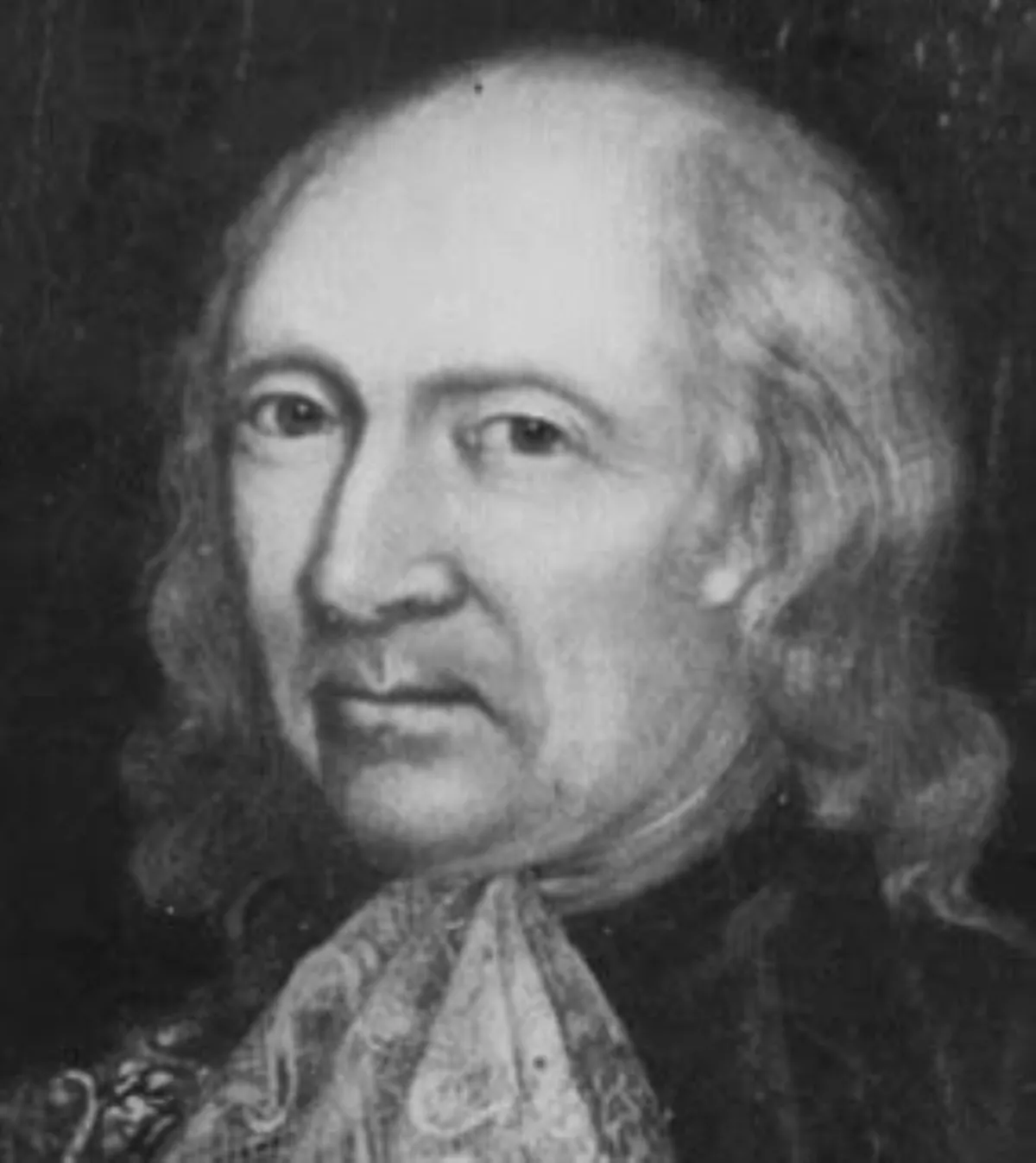 1.
1. Jonathan Corwin was a New England merchant, politician, and magistrate.

 1.
1. Jonathan Corwin was a New England merchant, politician, and magistrate.
Jonathan Corwin is best known as one of the judges involved in the Salem witch trials of 1692, although his later work included service as an associate justice of the Massachusetts Superior Court of Judicature, the highest court of the Province of Massachusetts Bay.
Jonathan Corwin's father was a wealthy merchant and shipbuilder in Salem, and Jonathan continued in the mercantile trade.
Jonathan Corwin married Elizabeth Gibbs, widow of Robert Gibbs, in 1675 and had ten children.
Jonathan Corwin was twice elected to the colonial assembly, in 1682 and in 1689, and he was a stalwart supporter of the old regime when the Dominion of New England was established in 1686.
Jonathan Corwin was an active magistrate of the local courts, hearing cases dealing with petty crimes and minor charges such as drunkenness and burglary.
When reports of witchcraft began circulating in Essex County, Corwin was one of the magistrates called on to make preliminary inquiries into the reports.
Jonathan Corwin was not initially assigned to the court, but when Nathaniel Saltonstall resigned in protest over the first hanging, Phips assigned Jonathan Corwin to the panel.
Jonathan Corwin signed several arrest warrants and transcribed a few of the hearings but scarcity of records from the 1692 events makes it impossible to determine Jonathan Corwin's overall role in the trials as well as his attitude toward the acceptance in court of spectral evidence, the idea that actions seen in visions could be an indicator of witchcraft.
Jonathan Corwin was not initially appointed to the Superior Court; he was appointed to the Governor's Council from 1692 to 1714, and served as a judge in the Court of Common Please for Essex County from 1692 to 1708.
Jonathan Corwin's house is the only remaining structure in Salem with direct ties to the Salem witch trials of 1692.